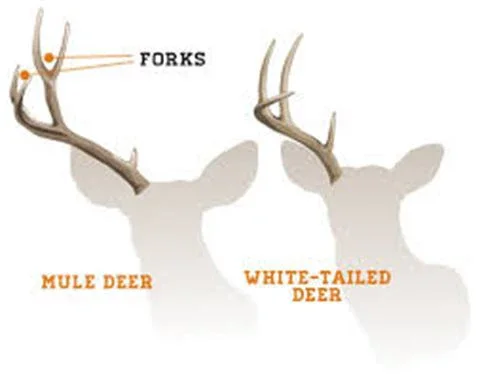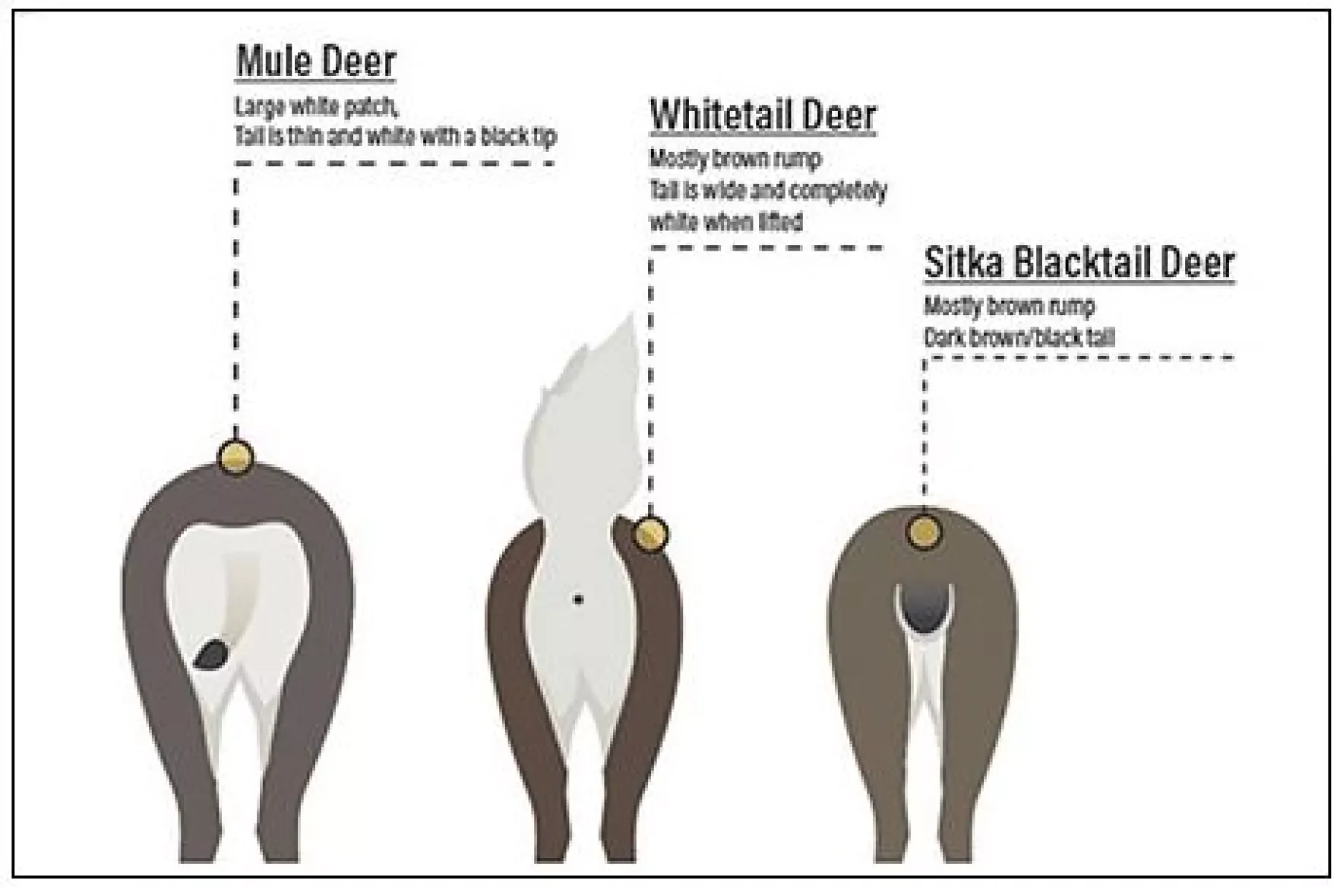Size:
Mule deer bucks are large; they average 250 pounds with some exceptional males weighing over 450 pounds. Does are substantially smaller, weighing in around 175 pounds. Large males stand three and a half feet at the shoulder, with their head extending above that, and antlers potentially another 20-22 inches above that. Mule deer can cut an impressive figure.
Diet:
Muleys mainly browse, with 75-90% of their diet being woody plants. A Colorado study found 99% of their diet is forbs and browse, showing they avoid grasses. This drives them to habitats rich in shrubs, young trees, and forbs instead of grasslands. Knowing their diet aids wildlife management and habitat conservation.
Mating:
The mule deer rut starts in November and extends into December. They have a serial polygamous mating system where males compete for a single receptive female, then they move on to compete for the next receptive female. Mule deer mating takes place on the winter range, making viewing rutting behaviors rare in the parks. After a 203-day gestation, one or two fawns are born.
Population:
Two populations of Mule deer are present in the Greater Yellowstone Ecosystem. The Northern Herd is small, numbering only around 1,800 individuals. The Southern Herd along the Snake River has bounced between 10,000 and 30,000 animals depending on weather conditions, specifically winter precipitation. Very few of these animals winter in Yellowstone or Jackson Hole, instead migrating downhill.
Mule deer and whitetail deer differ in several notable ways. Mule deer are generally larger, weighing about one hundred pounds more than whitetail deer, and they are typically found farther west in North America. The antlers of mule deer are also larger, taller, and have a wider spread compared to those of whitetail deer.
A key distinguishing feature between the two species lies in the branching pattern of their antlers. Mule deer have antlers that fork, with each branch then forking again, creating a distinctive pattern. In contrast, whitetail deer antlers consist of a single main beam from which each tine branches off individually. This difference in antler structure makes it relatively easy to tell the males of the two species apart in the field.
As one would expect, these species also differ in the look of their tail. Whitetails have a tail that is brown on the dorsal surface and white on the underside. When raised, it looks like a big fluffy flag and serves as a warning. Mule deer, on the other hand, have a skinnier tail with a black tip. They rarely raise their tail when fleeing; instead, their intraspecific warning system is their telltale gait, the stot. When animals stop, they lift all four legs off the ground at the same time. It is a very efficient movement for moving over sagebrush.
The final difference, and perhaps the most amusing, lies in the overall appearance of their faces. Mule deer possess prominent brow ridges that give them a somewhat rugged or "ugly" look, especially when contrasted with the gentle, softer facial features of the whitetail deer.












